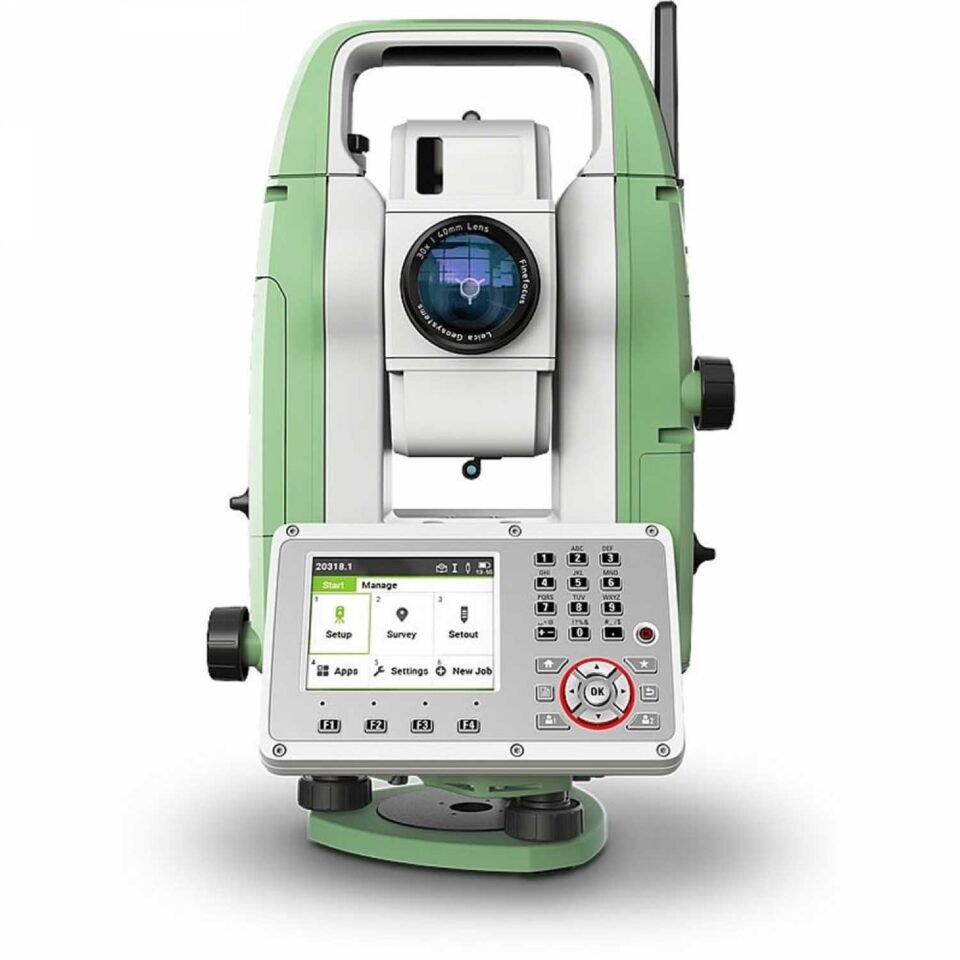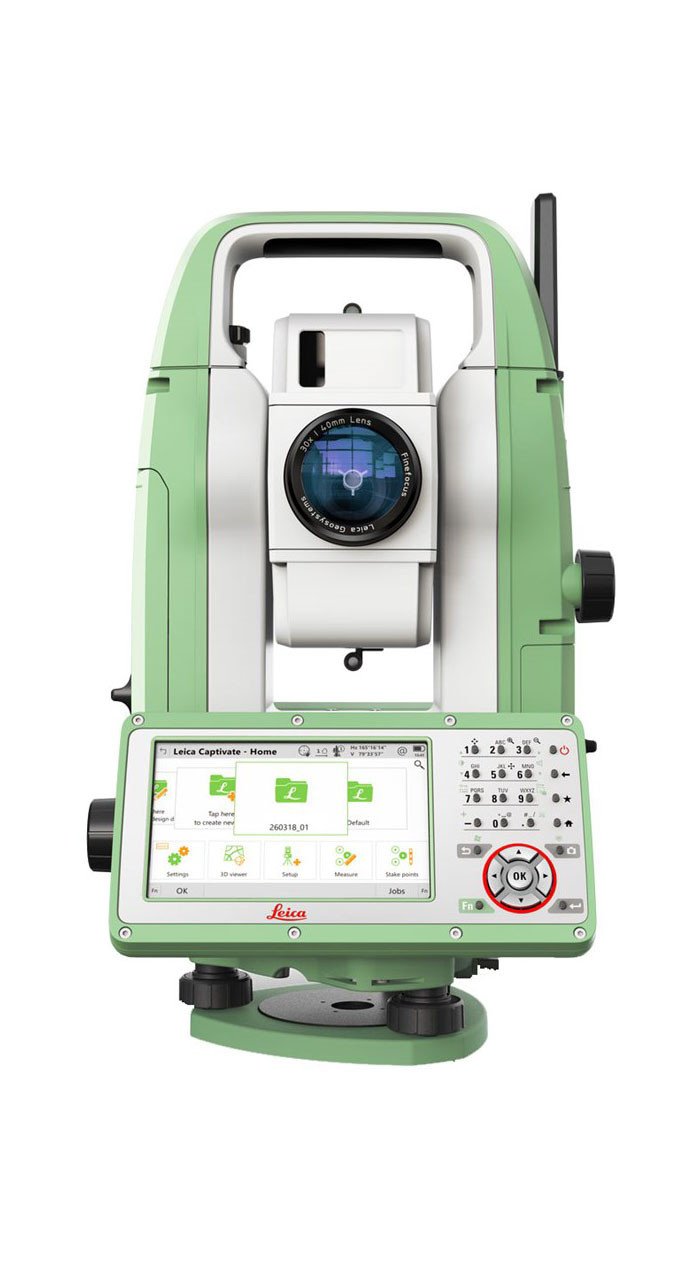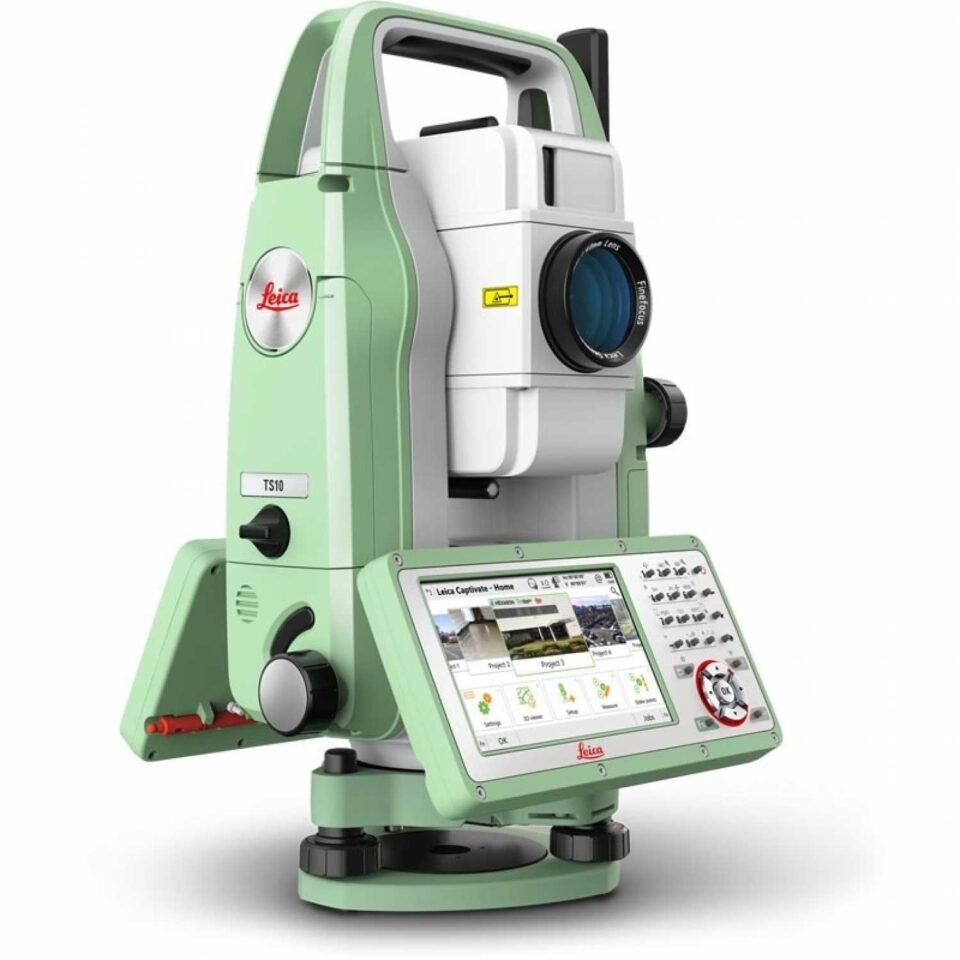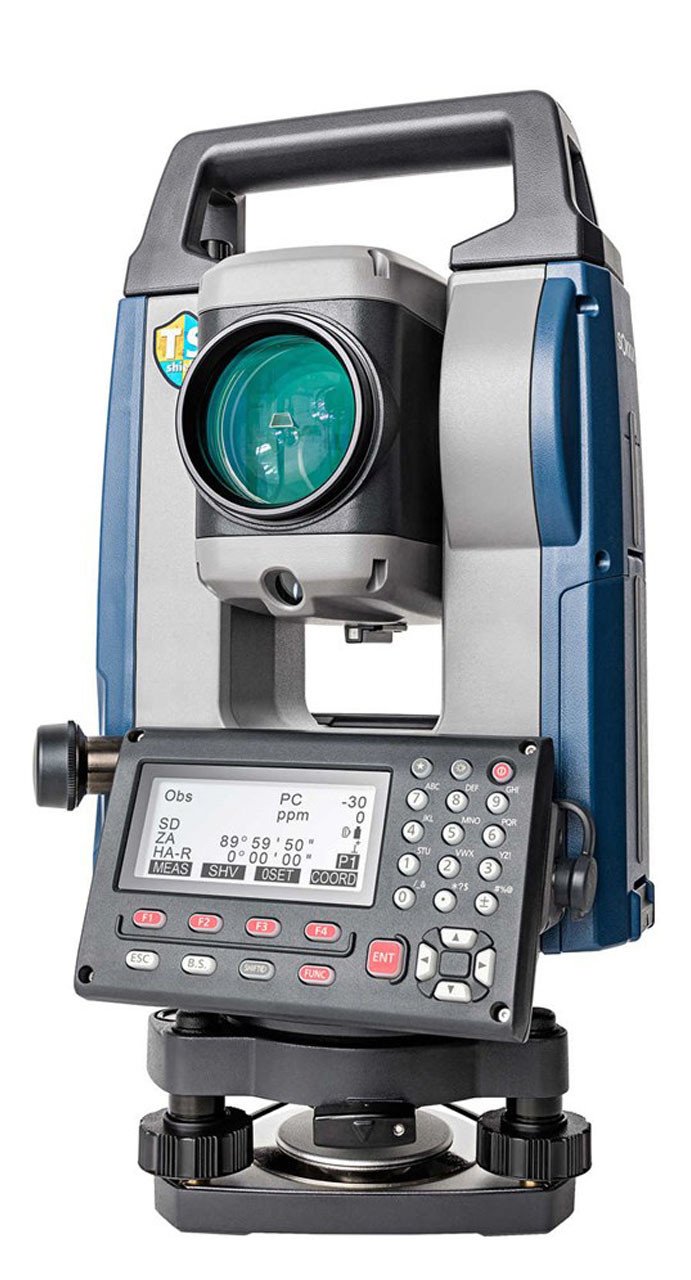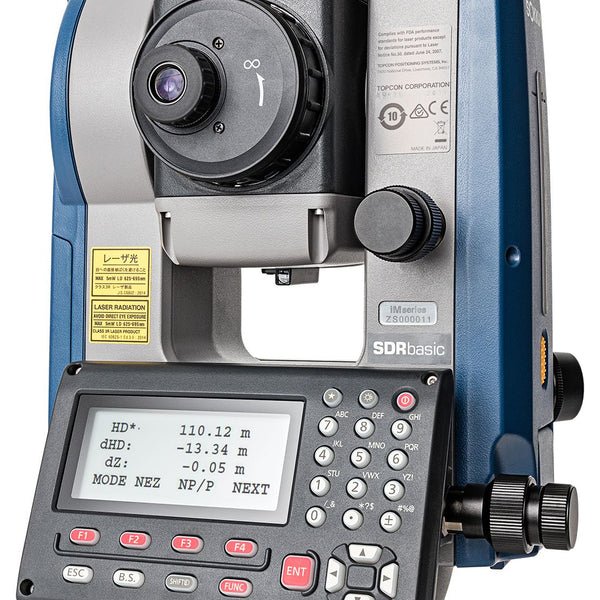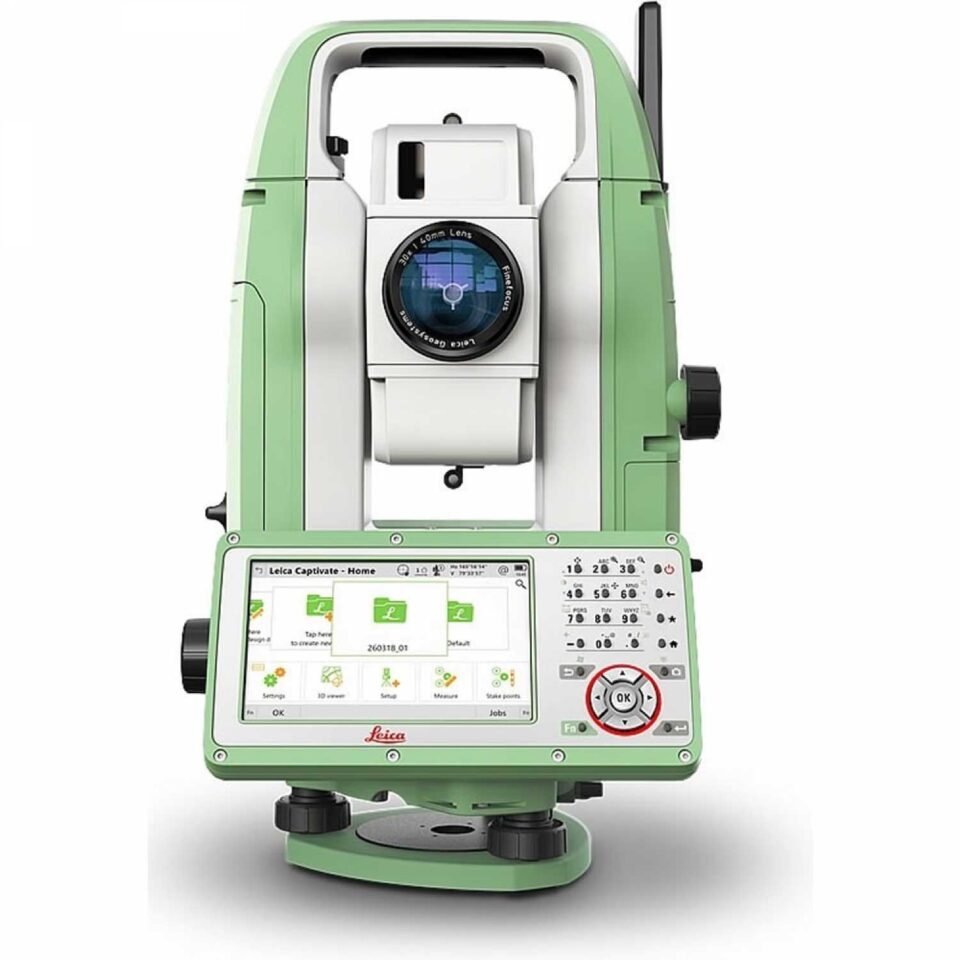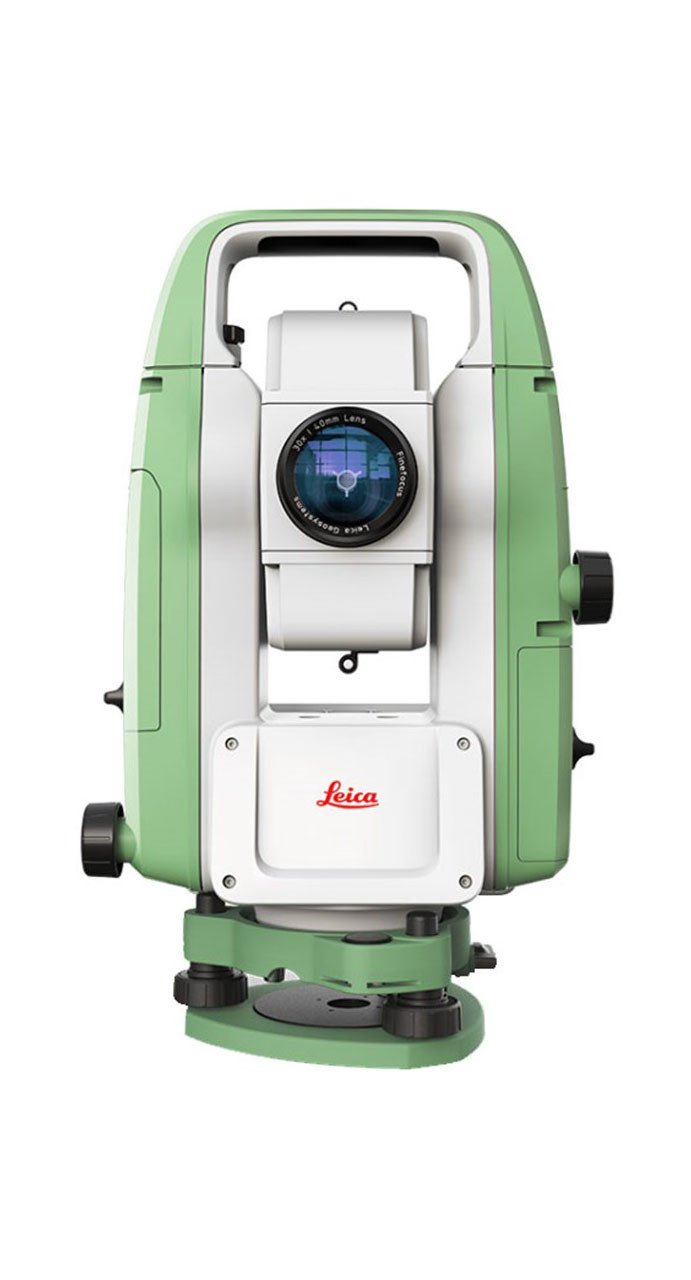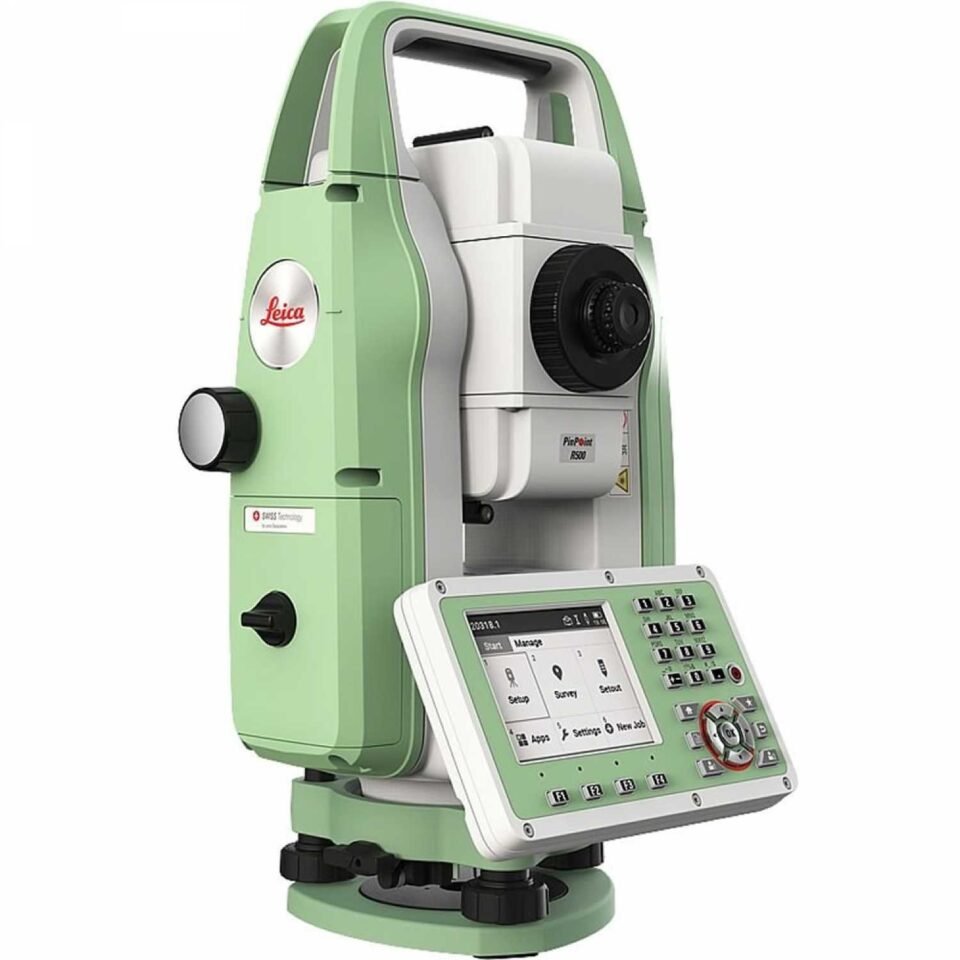A manual total station is a surveying instrument that combines the functions of an electronic theodolite (for measuring angles) and an electronic distance meter (EDM) to measure both horizontal and vertical angles, as well as distances. Unlike robotic total stations, which can automatically track targets and operate remotely, a manual total station requires the surveyor to manually aim the instrument and take measurements.
Showing all 8 results
Sokkia IM-100 Series Manual Total Station
The Sokkia IM-100 Series Manual Total Station is an intelligent measuring device that is easy-to-use and packed with advanced features. Perfect for entry-level site layout and surveying, this total station has a reflectorless range of 2,624 feet and up to 19,685 feet using a single prism at 2.0 mm + 2 ppm accuracy.
Leica FlexLine TS10 1″ R500 Manual Total Station
Leica FlexLine TS10 1″ R500 Manual Total Station is a high-end manual total station, enabling you to carry out high-demand survey tasks with Leica Captivate software. This way you can participate in the world of 3D by benefiting from 3D views of your measured data.
Sokkia IM-50 Series Manual Total Station
Sokkia IM-50 is a smart measuring device that offers reliable and accurate results with an affordable price. The Sokkia iM-50 features a reflectorless range up to 1,640 feet and up to 13,123 feet with a single prism.





